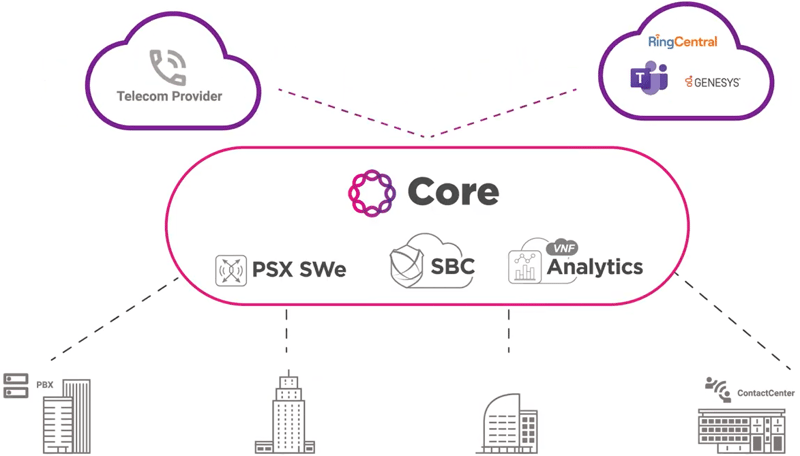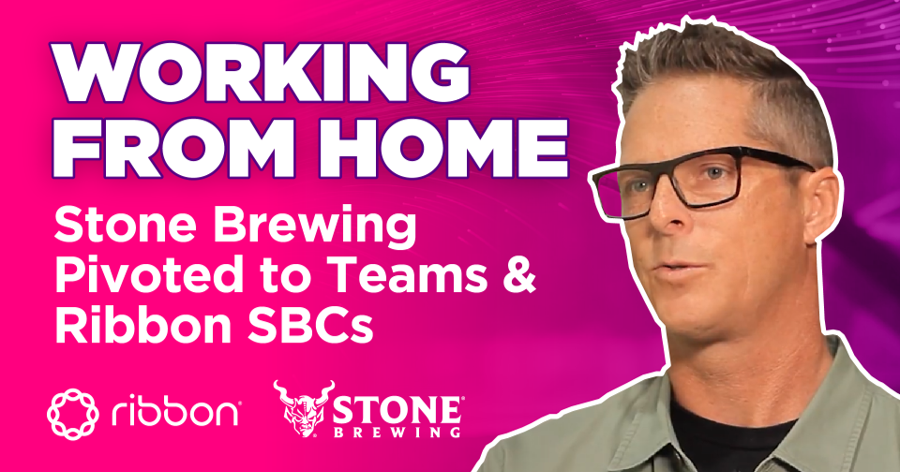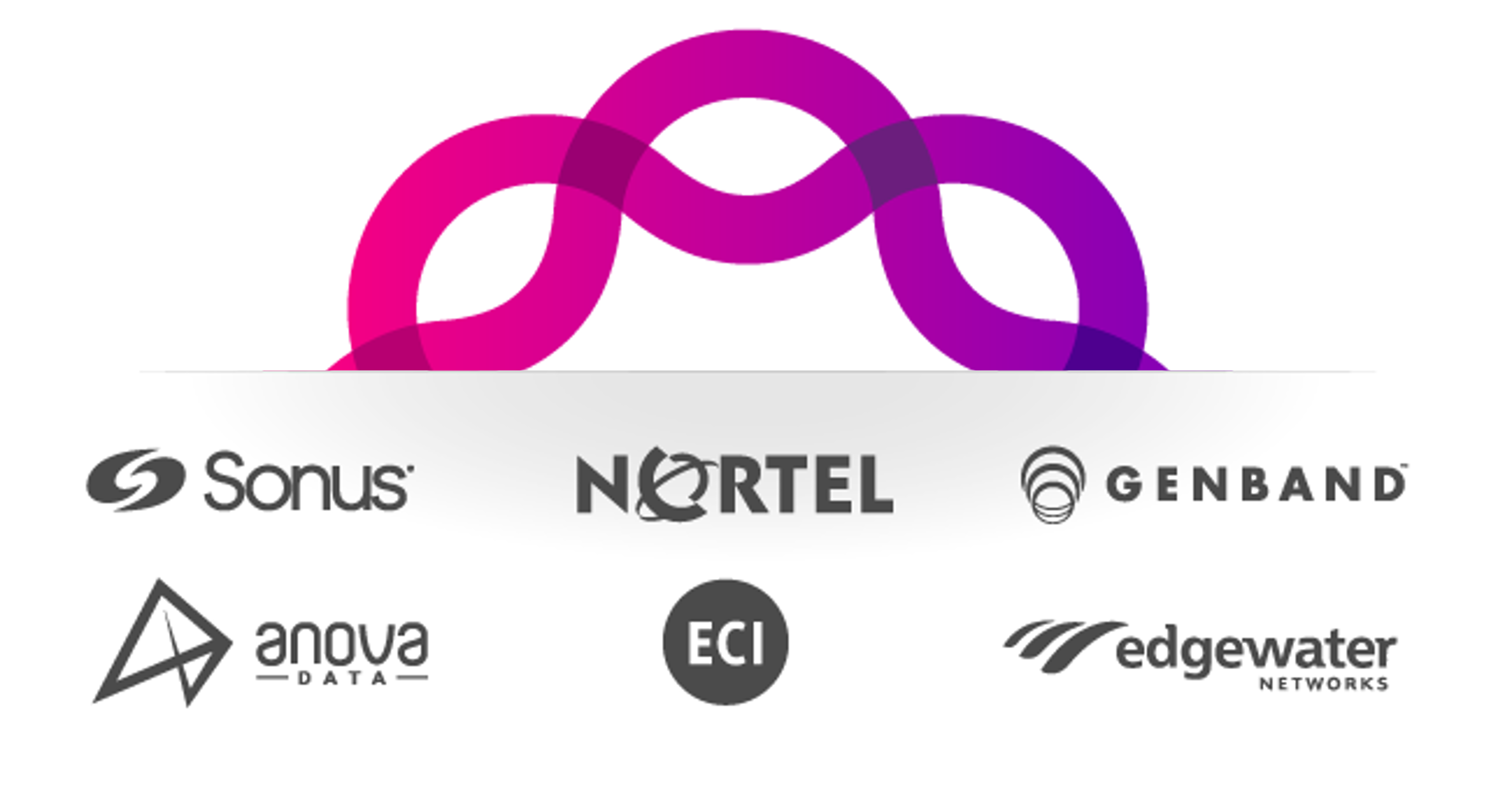DIGITAL TRANSFORMATION IN HEALTHCARE
How Innovations In Technology Are Driving a Digital Transformation Across the Healthcare Industry and What You Need to Know to Keep Pace
The COVID-19 pandemic has made an impact on just about every aspect of our lives, from how we go to school to how we shop to how we work. We are living the “new normal,” where just about anything we do can be done virtually through a computer, tablet or phone. And that new virtual normal has definitely changed how we visit the doctor and manage our healthcare.
Since the pandemic began in early 2020, we have witnessed an extraordinary digital transformation taking place across the healthcare industry. Just a few short years ago, innovations like telehealth and remote patient monitoring were considered to be years away from implementation and broad acceptance, but ready or not, those innovations are here — and they are becoming an integral part of today’s patient care experience.
Telehealth’s accessibility to anyone anywhere at any time, even in the most remote areas, has given healthcare professionals and patients the opportunity to interact in a new, more convenient way.
Today, patients can talk to their doctor in the safety and comfort of their own home at their own convenience, eliminating the hassle of a long drive and time spent sitting in a waiting room. And even as the impact of the pandemic declines, the popularity of telehealth is staying strong. According to McKinsey and Company, telehealth utilization has increased 38X compared to pre-pandemic levels.
Telehealth is also receiving good marks when it comes to quality of care. A recent survey by the American Medical Association (AMA) reports that 80% of patient respondents feel they have better access to care with telehealth, and 60% feel they have higher satisfaction with their care as a result of using telehealth.
Providers are enjoying the benefits, too. With the help of telemedicine, doctors can work more efficiently, seeing more patients and even spending more quality face time with them during their visit. The AMA survey indicates 85% of physicians currently use telehealth, and 60% agree it has enabled them to provide high-quality care.
Other benefits of digital healthcare include the ability for providers to collaborate more efficiently across health teams, minimize patient re-admissions through virtual video follow-up appointments and remotely monitor patient health through home testing kits and wearable devices.
Without a doubt, digital healthcare is here to stay, and healthcare organizations are realizing the opportunities for innovation are endless. Many hospitals and facilities are doing their best to play catch-up as they work to modernize their networks and learn new technologies — all while keeping these challenges and key areas of focus in mind:
Honing In on Cloud-Based Innovations
Compared to traditional premises-based technology, cloud-enabled offerings can significantly reduce capital expenditures and staffing levels. Why? Mainly because cloud-based solutions provide economies of scale that drive savings on hardware, power/HVAC and systems administration. As a result, many healthcare organizations are focusing on expanding and enhancing their cloud-enabled technologies to improve remote patient care. They are also incorporating emerging cloud-based innovations, such as at-home diagnostics, process automation and artificial intelligence.
Staying Compliant and Managing Risks
Healthcare organizations and hospitals need to manage potential risks associated with any new technology introduced across their system, including preventing potential cyberattacks and adhering to HIPAA regulations to ensure patient data remains secure.
Modernizing Networks and Maintaining Bandwidth and IT Support
Digital transformation and cloud-based services continue to reshape traffic flows, increase capacity demands and pose performance, security and service quality challenges across healthcare systems. It is crucial that healthcare organizations modernize their networks and equip themselves with the necessary bandwidth and IT support to facilitate the transmission of mountains of critical patient data for years, even decades, to come.
So, how do healthcare organizations keep up with today’s rapid technological advancements? Partnering with a communications software and network solutions provider who understands their goals and the unique inner workings of their business is a great first step. Working with tech experts who have extensive experience in design, deployment and maintenance of complex IP and optical networks will be key to taking digital healthcare solutions to the next level.
Request a Meeting
Simply complete the form and a member of our team will reach out to discuss.

Ribbon's industry-leading Session Border Controllers (SBC), the traffic cop for all communications traffic, resides in your network core (or public cloud) and provides seamless connectivity to any telecom provider, voice security to encrypt traffic, and media transcoding to ensure legacy voice systems can communicate with each other.
Our PSX policy and routing engine offers centralized dial plan and user management across any collection of call control platforms.
Ribbon Analytics is an enterprise-scale solution that leverages AI and Machine Learning to enrich network and service operations with enhanced visibility, efficient troubleshooting, and proactive monitoring. Ribbon Analytics also enriches voice security and voice threat prevention to stop fraud, robocalls, and Telephony Denial of Service (TDoS) attacks that can disrupt an organization’s services and negatively impact their customers.



Neptune IP Systems - At the forefront of next-generation IP transport technology with native 5G capabilities.
Refresh Your Optical Network with Ribbon's DWDM Refresh Program
Enterprises running old DWDM networking systems are putting their network at risk. The time is now to start preparing to replace your most critical equipment.
Large Craft Brewery Turns to Microsoft Teams & Ribbon
When Covid shut down Stone Brewing's offices, Ribbon helped them pivot to remote work thanks to our Microsoft-certified SBC solution.
You May Not Know Our Brand ... But You Know Us
Our heritage precedes us, but it does not define us—rather, it guides us to develop reliable network solutions and to continually innovate.


.png)
/Healthcare%20Campaign%20May%202022/MicrosoftTeams-image.png)


/Healthcare%20Campaign%20May%202022/MicrosoftTeams-image%20(1).png)
/Healthcare%20Campaign%20May%202022/MicrosoftTeams-image%20(3).png)


